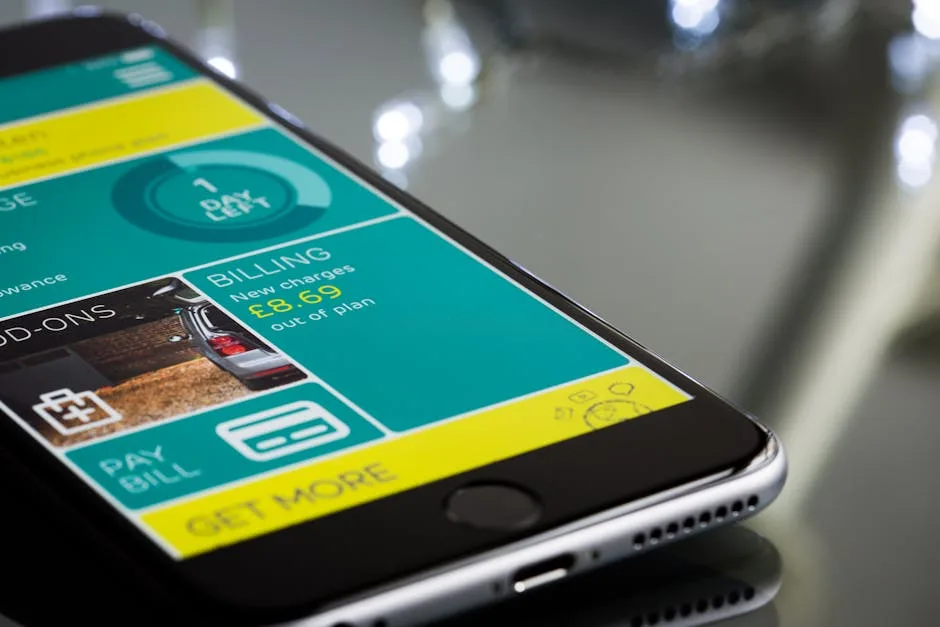
The city of Toyoake in Japan’s Aichi Prefecture has introduced a draft ordinance that recommends residents limit their personal smartphone use to a maximum of two hours per day. This proposal, which applies to all 69,000 residents including adults and children, is believed to be the first such measure in Japan targeting an entire municipality1. The limit would only apply outside of work and study time, and no fines would be given if breached, making it a non-binding guideline rather than a restrictive law2. The draft ordinance was submitted to the Toyoake municipal assembly on August 25, 2025, and is scheduled for a vote in late September, with an expected effective date of October 2025 if passed3.
This initiative is positioned within a broader conversation about the societal impact of technology. Mayor Masafumi Koki stated the goal is to “prevent excessive use of devices causing physical and mental health issues… including sleep problems” and to encourage families to discuss their device habits4. The proposal also includes specific time-based restrictions, suggesting that elementary school children and younger should not use smartphones after 9:00 p.m., while junior high school students and older, including adults, should cease use after 10:00 p.m.5. Importantly, the mayor explicitly acknowledged that smartphones are “useful and indispensable in daily life,” clarifying that the measure is a guideline and not a ban6.
Rationale and Cited Concerns
The Toyoake municipal government’s proposal is grounded in specific concerns observed within the community. Officials have cited problems such as truancy, where some students refuse to go to school without their phones7. A more widespread issue is the sacrifice of sleep and family time by both adults and children due to excessive scrolling on devices. The proposal also aims to address the degradation of family dynamics, noting that device overuse is reducing communication within households and hindering the healthy development of children8. These concerns are supported by data; a survey by Japan’s Children and Families Agency found that young people spend an average of over five hours online on weekdays9.
The ordinance includes specific exemptions to ensure it does not interfere with essential activities. Usage for work, school, online learning, cooking (such as watching recipes), exercising, and even e-sports practice does not count toward the two-hour limit10. This delineation shows an attempt to target recreational, passive consumption rather than productive or necessary engagement with technology. The approach recognizes the integral role these devices play in modern life while attempting to curb habits deemed detrimental to well-being.
Public Reception and Critical Response
The proposal has been met with significant public opposition. During a consultation period, the city received 127 pieces of correspondence, comprising 83 calls and 44 emails. Approximately 80% of this feedback was critical of the proposal11. The measure also sparked intense debate on social media platforms. Critics on platforms like X (Twitter) labeled the ordinance an “attack on individual freedom” and declared it “impossible” and unworkable to enforce12. Some users pointed out practical limitations, with one noting, “You cannot even read a book or watch a movie in two hours”13.
This backlash highlights the challenge of implementing top-down recommendations on personal behavior, even when they are non-binding. Many critics argued that decisions regarding screen time should be left to individual families rather than being suggested by municipal authorities. The strong negative reaction suggests that while concerns about technology overuse are shared by many, the solution proposed by Toyoake’s government is perceived by a majority of the engaged public as an overreach, despite its voluntary nature.
National and International Context
Toyoake’s proposal is not Japan’s first attempt to regulate screen time through policy. In 2020, Kagawa prefecture in western Japan implemented a non-binding ordinance limiting children’s gaming to one hour on weekdays14. This establishes a precedent for Japanese local governments using recommendations to address perceived issues related to digital media consumption. The Kagawa measure focused solely on children and gaming, whereas Toyoake’s proposal is broader, encompassing all residents and all forms of smartphone use.
Globally, this move places Toyoake within an international conversation about digital wellness and the role of regulation. The article mentions China’s 2023 proposal for a similar two-hour limit for children15. These parallel developments indicate a growing trend among various governments to consider formal guidelines—even if unenforceable—as tools to combat the negative side effects of pervasive connectivity. This reflects a shift from viewing digital addiction solely as a personal responsibility to a broader societal issue that may warrant collective action.
Relevance to Security Professionals
While this ordinance is a policy matter concerning personal behavior, it intersects with professional responsibilities in several ways. For organizations focused on securing enterprise environments, the personal device habits of employees can have direct professional consequences. Excessive personal screen time, particularly late at night, can contribute to employee fatigue, which may increase the likelihood of human error—a primary cause of security incidents such as successful phishing attacks or misconfigurations.
From a policy perspective, this case study illustrates the challenges of drafting and implementing rules governing technology use. The backlash against the Toyoake proposal underscores the importance of stakeholder consultation and clear communication when introducing new guidelines. For professionals developing acceptable use policies (AUPs) within their organizations, this example highlights that even well-intentioned rules can face significant resistance if they are perceived as overly restrictive or impractical, regardless of their enforcement status.
Organizations may consider a more nuanced approach than simple time limits. Rather than proposing broad restrictions, security and HR policies can focus on promoting specific positive behaviors, such as encouraging breaks from screens, defining “right to disconnect” periods after work hours to prevent burnout, and providing training on identifying the signs of technology-related fatigue. The goal should be to foster a culture of mindful technology use that supports both well-being and security.
Conclusion and Future Implications
The draft ordinance proposed by Toyoake represents a significant experiment in municipal-level policy aimed at addressing the societal challenges of digital device overuse. Its non-binding nature makes it a formal recommendation rather than a enforceable law, focusing on raising awareness and encouraging voluntary behavior change. The proposal is notable for its comprehensive scope, applying to all residents and addressing both the duration and timing of device use.
The strong public opposition it has encountered suggests that such measures, even when voluntary, face significant hurdles in public acceptance. The outcome of the late September vote in the Toyoake municipal assembly will be closely watched by other local governments in Japan and abroad considering similar initiatives. If passed, the effectiveness of this awareness-based approach in actually changing behavior remains an open question that will likely be studied by public health researchers and policy makers. This case highlights the ongoing struggle to balance the undeniable benefits of connected technology with the preservation of human health and social interaction.




